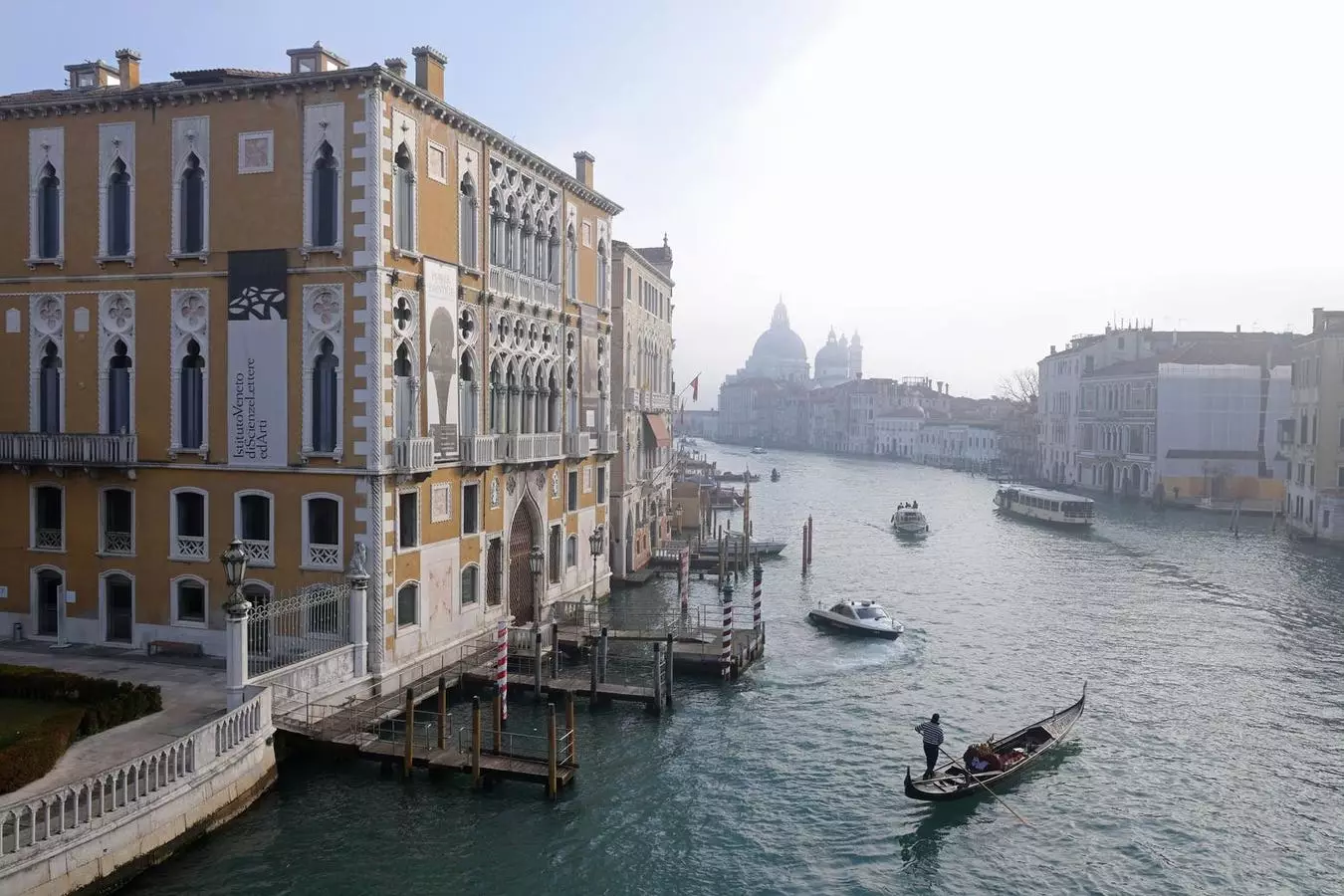As the summer heat begins to fade, September heralds a significant transition in Italy’s renowned winemaking regions. This month typically signifies both the conclusion of grape cultivation and the commencement of the winemaking process. In particular, Valdobbiadene, a picturesque hilly area in the northeastern Veneto known for producing exquisite Prosecco, has recently completed its harvest. Despite facing an exceptionally hot summer, winemaker Alessio del Savio from the prestigious Mionetto winery has reported exceptional outcomes, stating that “the fruit is particularly healthy and the quality has exceeded our expectations.” Such outcomes underscore the resilience and adaptability of the winemaking process, reflecting not only the region’s agricultural prowess but also the dedication of its vintners.
For travelers, September also offers an idyllic opportunity to explore Venice. Located a mere fifty miles from Valdobbiadene, the romantic waterside city typically experiences a decline in tourist numbers during this time. The weather takes a more temperate turn, allowing the city’s serene beauty to shine without the overwhelming crowds of summer. Paolo Bogoni, Mionetto’s chief marketing officer and a long-time resident near Venice, provides an insider’s perspective on why this period is ideal for visitors to immerse themselves in the city’s rich history and culture.
At the core of Venetian life lies the campo, often referred to as a piazza in other Italian locales. These public spaces serve as vibrant arenas for social interactions, from bustling food markets to cultural gatherings. Bogoni illustrates the importance of these campos, claiming they are “one of the liveliest places in the city both during the day and in the evening”—an authentic representation of Venetian social dynamics. One of his cherished spots is Campo Santa Margherita, close to his university days, where visitors can witness a blend of nostalgia and contemporary life.
Art occupies a significant place in Venice, and the city’s museums reflect this rich heritage. For an enlightening experience, Bogoni recommends a visit to the Peggy Guggenheim Collection. Positioned along the Grand Canal, this museum not only showcases 20th-century art but offers an intimate atmosphere reminiscent of a private residence. Another noteworthy stop is the Fortuny Museum, an homage to the innovative artist who contributed to textiles, theatre, and design, encapsulating the essence of Venetian artistic innovation.
Beyond the well-trodden tourist paths, Bogoni highlights unique spots that offer an authentic taste of Venice. One such place is the Scala Contarini del Bovolo—a mesmerizing 92-foot spiral staircase, which provides breathtaking panoramic views of the city. Concealed from the usual tourist trails, this location serves as a reminder of the hidden beauty that often eludes visitors in search of more commercial attractions.
Venture further into the less explored alleys, such as Calle Varisco, which boasts the distinction of being among the narrowest streets in Venice. Bogoni also points out Acqua Alta bookshop, a haven for book lovers, inviting exploration among its eclectic collection of Venetian maps and literary treasures. The Marciana Library, established in the 15th century in Piazza San Marco, stands as a fascinating testament to Venice’s literary and historical significance.
The historic boatyards, or squero, embody the tradition of Venetian craftsmanship. Bogoni suggests visiting San Trovaso, one of the most famed yards, where tourists can observe artisans meticulously working on gondolas—repairing intricate ornaments or applying lacquer. This glimpse into the age-old art of boat building not only deepens one’s appreciation for Venetian culture but also connects visitors to the city’s historical lineage.
As the sun sets over the lagoon, Bogoni recommends strolling along the Fondamenta delle Zattere, a popular meet-up spot for locals. Here, visitors can enjoy the golden hour while sipping on a classic Mionetto Spritz, a fitting tribute to the region’s winemaking heritage. Whether from the cozy terrace of the Hotel Monaco or an inviting osteria featuring delicious cicchetti—small bites of crabmeat crostini and lagoon octopus—pairing local flavors with Venetian surroundings creates an unforgettable experience.
A visit to Venice wouldn’t be complete without delving into the world of Prosecco. Just a short drive from the city, Mionetto’s visitor center provides a holistic experience of winemaking in Valdobbiadene, recognized as a UNESCO World Heritage site. The stunning Borgo Mionetto winery invites guests for tastings, featuring both modern and traditional design elements that resonate with the winery’s extensive history.
Emphasizing sustainability, Mionetto’s hospitality center employs innovative bioclimatic architecture and renewable energy sources, embodying a commitment to environmental consciousness alongside rich vinicultural practices. Visitors can indulge in guided tastings and discover the essence of Prosecco, with sessions suitable for a range of palates and preferences.
As the day winds down, immersing oneself in the vibrant culture of Venice—such as visiting quaint bacari for local wines and snacks—reveals the heart of Venetian life. With its focus on food, wine, art, and history, Venice stands as a timeless destination offering travelers a genuine glimpse into the essence of Italian culture. Each cobblestone street and canal tells a story, ensuring that the magic of this enchanting city leaves a lasting impression long after departure.

